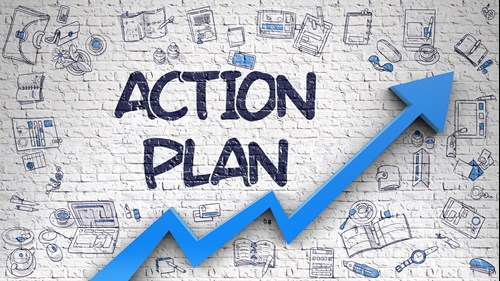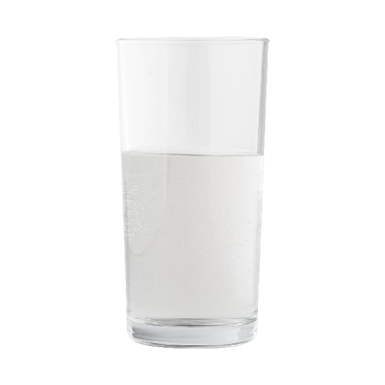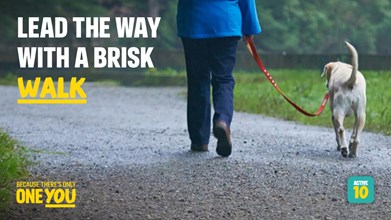Is it easier or harder to lose weight in self-isolation?
Like much of the nation I’ve been adapting to working from home on a full-time basis. My typical day has been turned upside down.
Most days I have found myself rummaging on the top shelf on the inside of the fridge door, just in case there might be something more than a hard piece of Parmigiano Reggiano.
My last visit to our office in Marylebone Road London seems like a lifetime ago.
Like much of the nation I’ve been adapting to working from home on a full-time basis: Following good desk hygiene, working out ways to keep the children out of my newly designated office, and learning that when I am bored, I like to look in the fridge or anywhere for a snack.
The turning point came when I measured my waist for some new sportswear. I looked at the tape measure, it looked at me, “Give it a go” it said. It was more than I thought it would be.
I stepped on the weighing scale to confirm what I already knew.
Interestingly I was at my ‘training weight’. This is the weight I like to get to when I’ve been in the gym for a few months. Although, I haven’t been to the gym this year yet.
Old me v Current me
My typical day has been turned upside down. My engrained healthy habits have been hijacked. No walks to and from the station, no lunchtime walk with colleagues at work and my regular eating patterns have shifted. Current me arms-length from snacks, barricaded into an office, and a biscuit tin waving at me each time I make a brew.
Working in healthcare, weight management and behaviour change for the last 10 years I knew what I had to do. I just needed to find that commitment. That magical ingredient ‘will power’.
But what if there was something better than will power.
"A study in the British Journal of Health Psychology found that 91% of people who planned their intention to exercise by writing down when and where they would exercise each week ended up following through." James Clear, Author, 'Atomic Habits'
So what’s the plan, Stan?
Nearly everyone I know has implemented a plan at some point in their life. A wedding plan, planning a holiday, retirement plan, planning Christmas presents, planning what to wear for a special event.
It always started with what. So what habit do I need to improve?
I decided I needed to move more and snack less. These were two culprits I wanted to work on.
Now the easy part. Writing down when and where. This is me making the handshake with myself.

|
Habit |
When |
Where |
|
Exercise-15 minutes walk |
After breakfast every day After lunch everyday |
In house/garden Outside with the dog
|
|
Bike ride – 1 hour |
Every Sunday after lunch |
Inside ( I have a basic exercise bike or outside (Find a new route on bike app Strava) |
|
Improve snacking – Drink 1 pint of water |
Before breakfast Before lunch Before evening meal |
At home by my desk before mealtimes |
Now here is the important part.
"What will increase my odds of achieving my plan, improving my habits, and hitting my goal?"
I’ve made plans like this before and they didn’t stick. So I've included a link to a change plan below.
Have you heard of habit anchoring?
I first learnt about habit anchoring from BJ Fogg, a behaviour scientist at Stanford University in America, who wrote a programme called Tiny Habits.
It’s about how we can form new healthy habits that stick. I call habit anchoring, ‘habit hijacking’.
You simply use an existing habit to 'trigger' the action of your new habit. BJ Fogg mentions two of my favourites.
“After I sit down on the train, I will take three deep breaths.”
“After I put my head on the pillow, I will think of one good thing from my day.”
So think of a current habit you do everyday….
After OR Before [CURRENT HABIT], I will form my [NEW HABIT]
I’ve created an evidence-based hat-trick habit, 3 healthy habits in a row. By using an existing habit I do every day
|
EXISTING HABIT TRIGGER (REGULAR EATING) |
FORM NEW HABIT - BEFORE |
FORM NEW HABIT AFTER |
|
EATING BREAKFAST |
DRINK A PINT OF WATER 1 HOUR BEFORE EATING |
WALK FOR 15 MINUTES AFTER EATING |
|
EATING LUNCH |
1) Before I start preparing my breakfast and lunch I will drink 1 pint of water up to 1 hour before eating.
2) As soon as I have finished my breakfast and lunch I'll go for a walk.
"It should be easier to remember as my existing habit (eating breakfast and lunch) is a trigger"
Will this work?
Preload with water: A few studies have looked at preloading with water before a meal to aid weight loss. One study saw a group eat 13% less at a buffet when they pre-loaded with water, another study saw the water group eat about 20% less.

Exercise after eating: Exercise is all about getting our energy stores ready for fuel. Evidence suggests exercising after meals can bring down blood sugars, so great for people with diabetes or those at risk of type 2. If you were to choose one meal, dinner/evening meal would be better.

Adapting to self-isolation
We all need a plan for modern life, even the leanest species amongst us can struggle with weight gain.
It’s important to know that I’m not striving for perfection. If I don’t do it every day, I haven’t failed. Just doing it once, will mean I’ve started. This meal planner might help you get started.
I can review it, learn from it, tweak or change it. I’m following behavioural science and hijacking an existing habit to help me trigger a new behaviour I want to improve.
I’ve got the trigger behaviour (Eating Breakfast and Lunch). Now it's time to practice and learn. I wonder how many hat-tricks I’ll get this week.
"We are always only one small decision away from making a healthy habit"
References
- Davy BM, Dennis EA, Dengo AL, Wilson KL, Davy KP. Water consumption reduces energy intake at a breakfast meal in obese older adults. J Am Diet Assoc. 2008;108(7):1236–9.
- Corney RA, Sunderland C, James LJ. Immediate pre-meal water ingestion decreases voluntary food intake in lean young males. Eur J Nutr. 2016;55(2):815–9.
- Haxhi J, Scotto di Palumbo A, Sacchetti M. Exercising for metabolic control: is timing important? Ann Nutr Metab. 2013;62(1):14–25.
- Colberg SR, Zarrabi L, Bennington L, et al. Postprandial walking is better for lowering the glycemic effect of dinner than pre-dinner exercise in type 2 diabetic individuals. J Am Med Dir Assoc. 2009;10(6):394–7.
- Chacko E. A time for exercise: the exercise window. J Appl Physiol. 2017;122(1):206–9.
- Reynolds AN, Mann JI, Williams S, Venn BJ. Advice to walk after meals is more effective for lowering postprandial glycaemia in type 2 diabetes mellitus than advice that does not specify timing: a randomised crossover study. Diabetologia. 2016;59(12):2572–8.
Extra value
Watch
BJ Fogg: Forget big change, start with a tiny habit
Read more
James Clear Atomic Habits: An Easy & Proven Way to Build Good Habits & Break Bad Ones
Read more
Samual Slazer: The Habit Canvas is a printable and digitally editable one-page tool designed to make it easier to build new habits.




